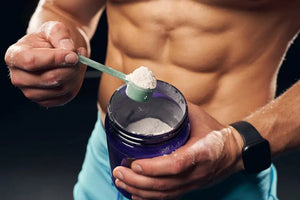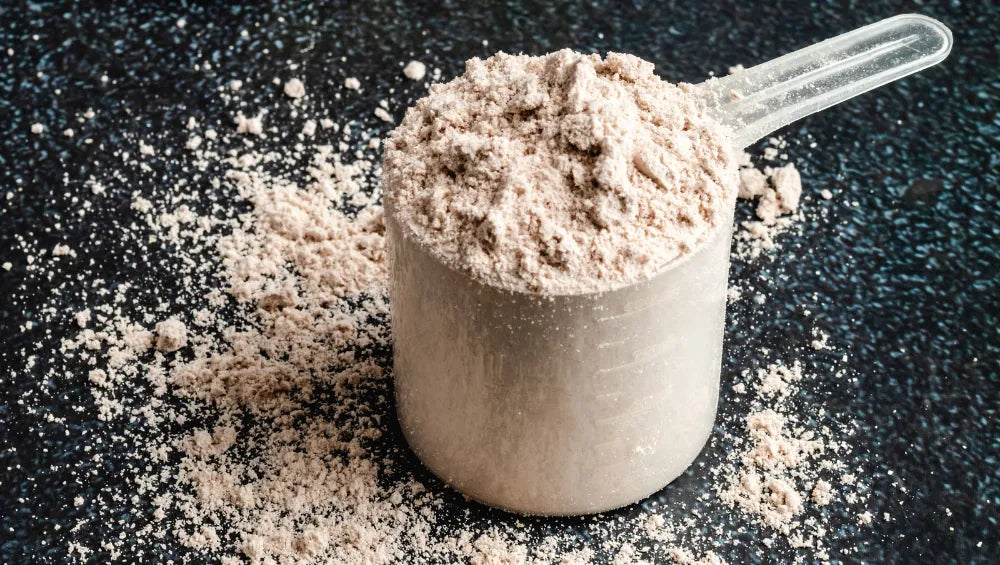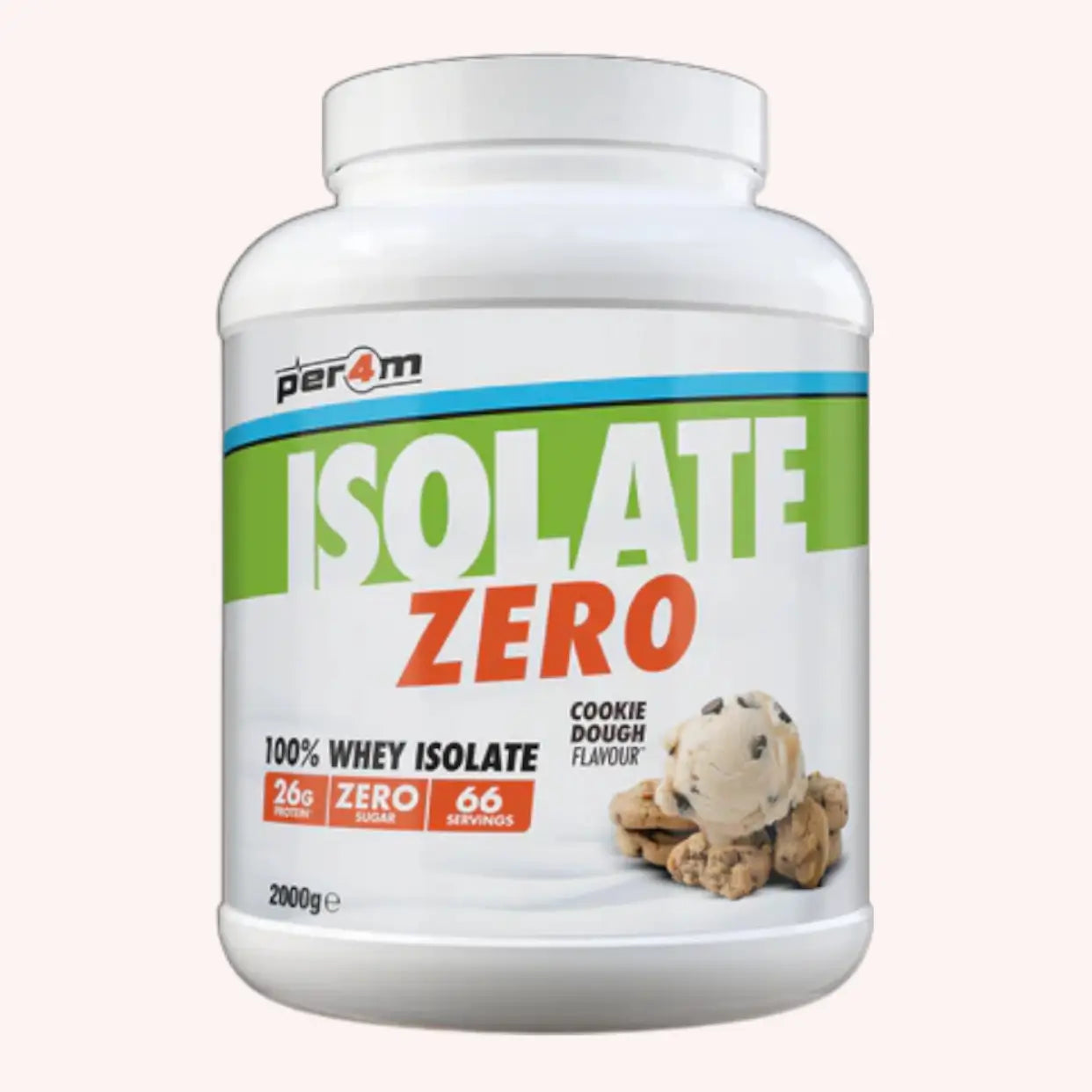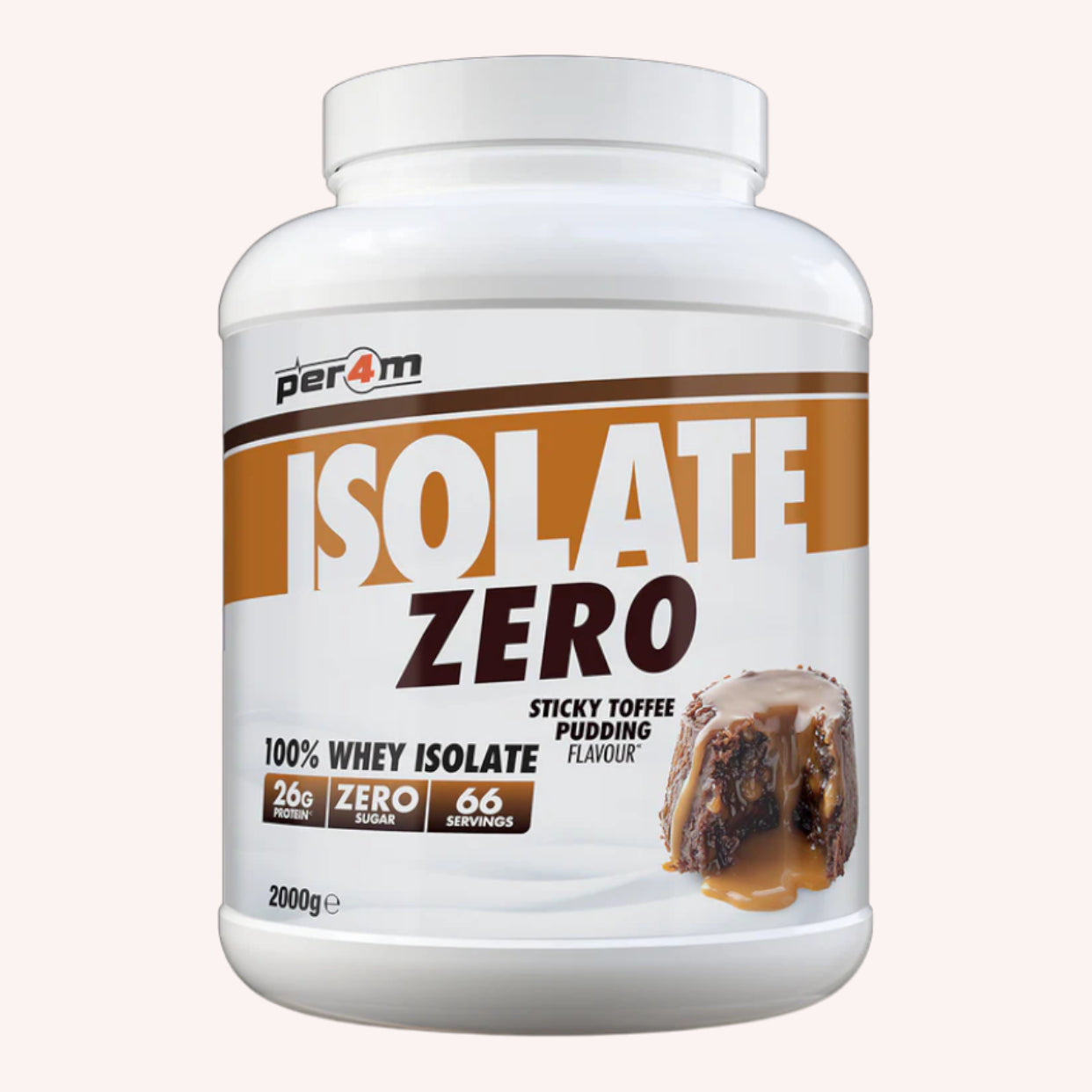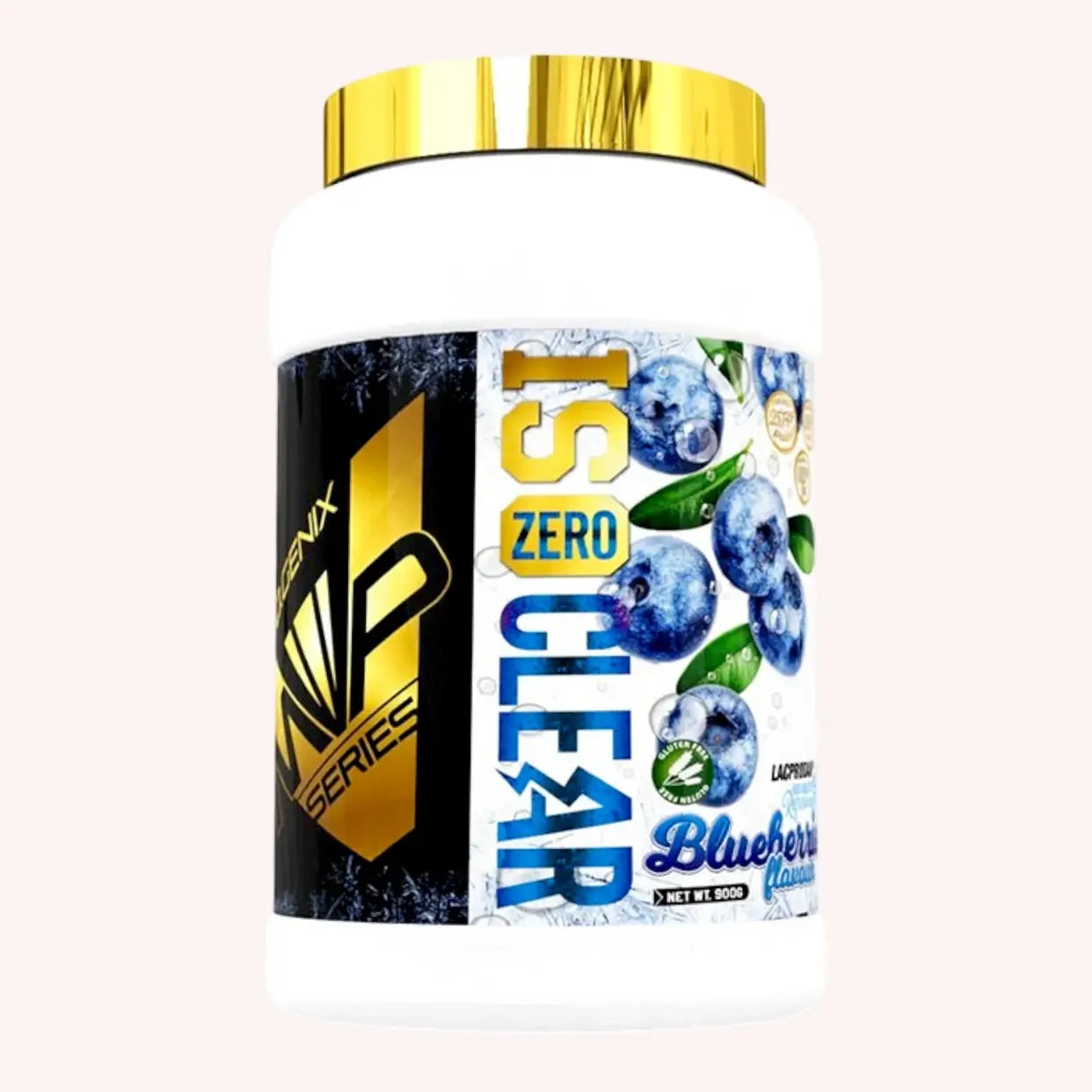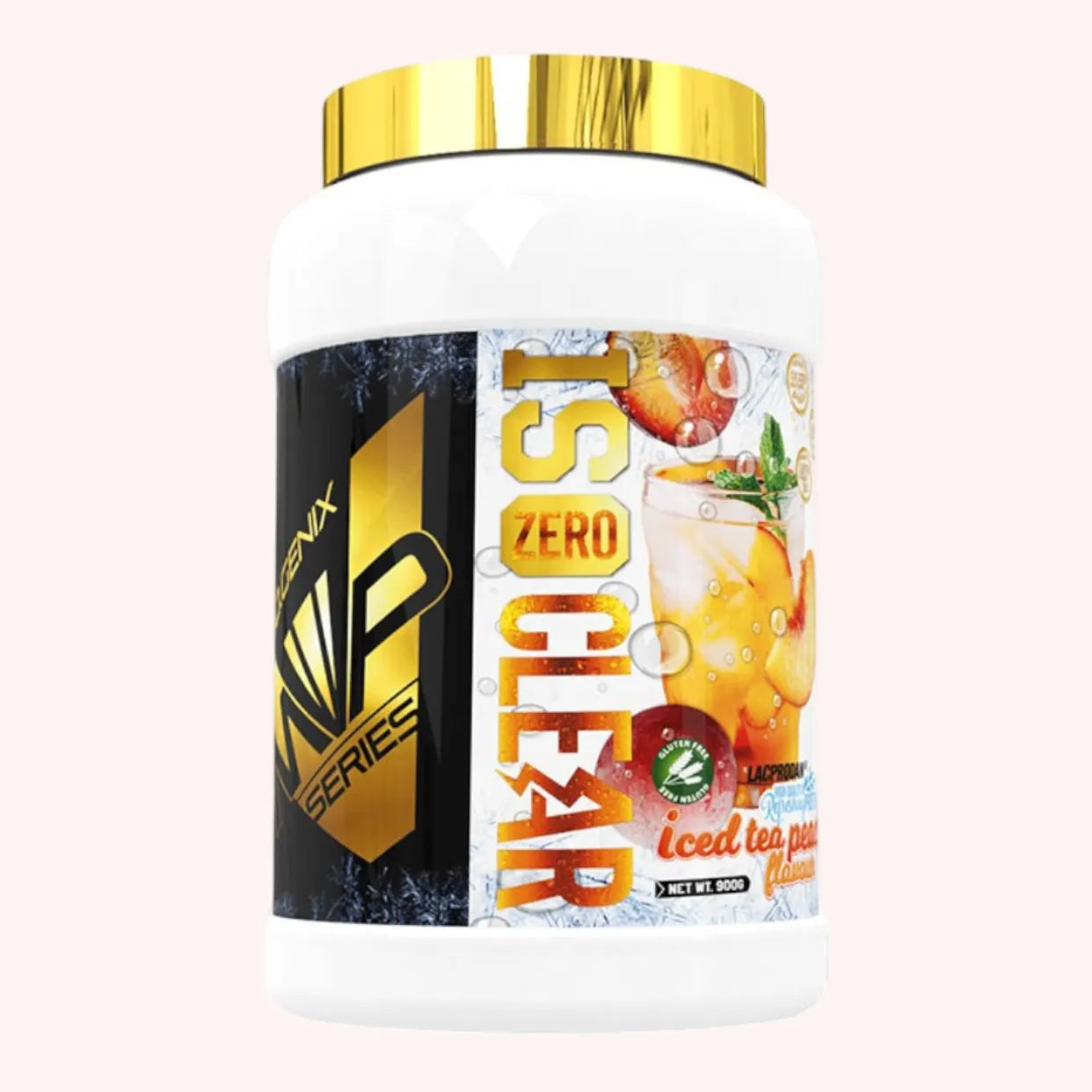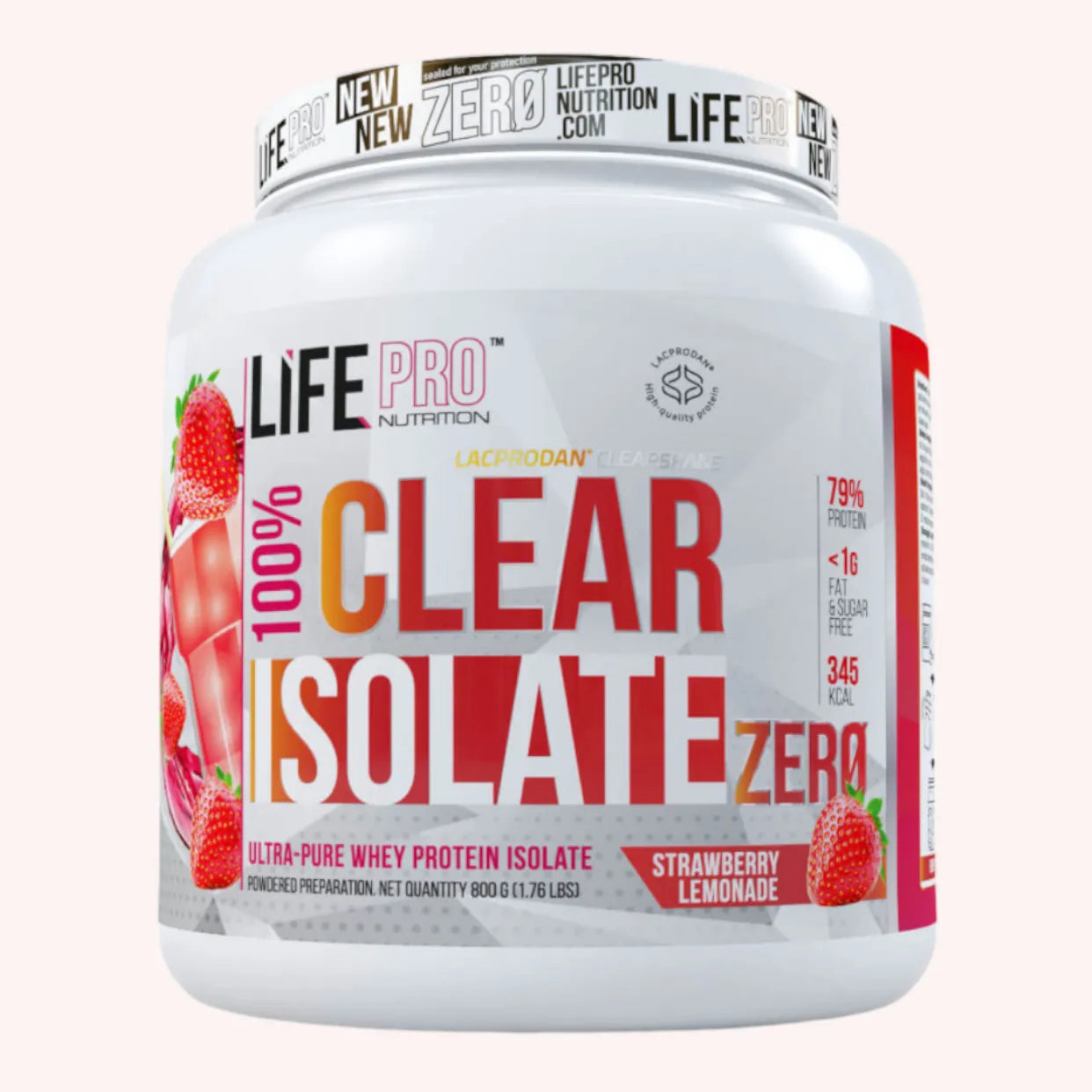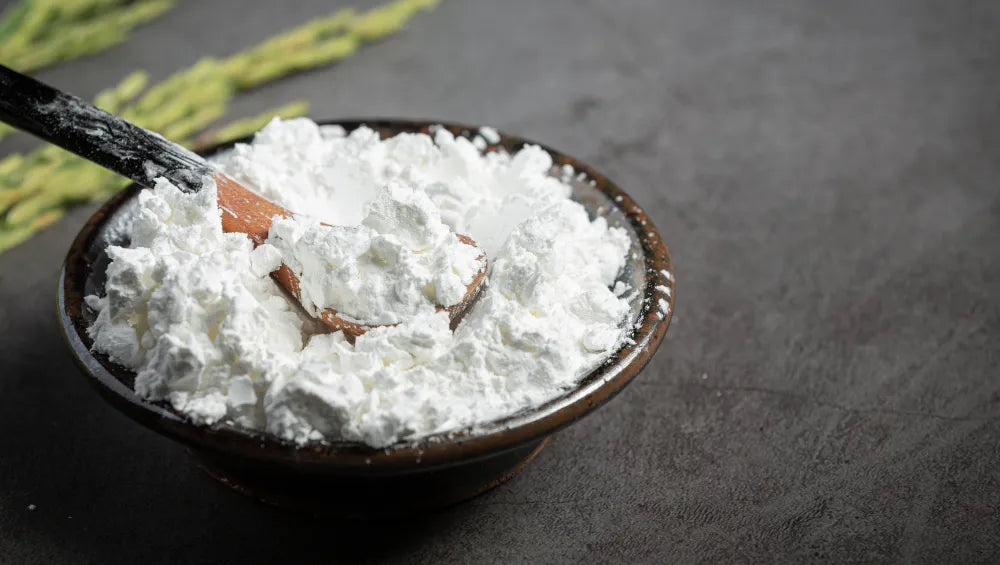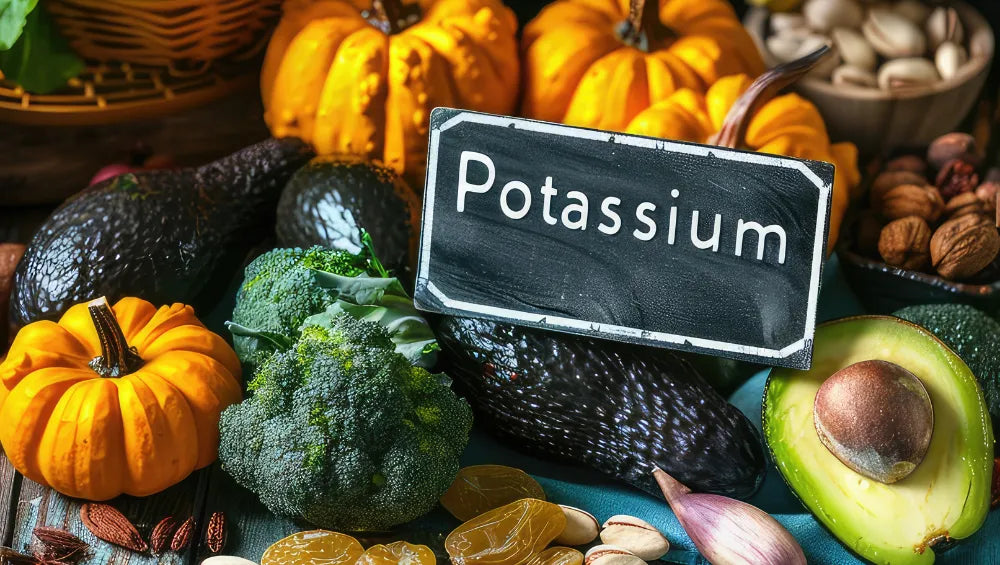Whey , derived from milk, is widely used in sports nutrition by bodybuilders with goals of gaining muscle mass or cutting (losing fat mass). Presented in the form of flavored powder, it is commonly mixed with water or lactose-free milk.
Widely available in specialty stores and online, whey protein is often considered an essential nutritional supplement for optimizing performance. Here, however, we'll answer a common question among athletes: What is whey protein actually used for?
What is whey?
Origin and composition
Whey is a by-product of the cheese-making process. When milk coagulates, the liquid part collected after the curds form is called whey.
This substance is rich in high-quality protein and essential amino acids, which are essential for various bodily functions, including muscle growth and repair.
Manufacturing process
Whey production involves several filtration steps to isolate the proteins while removing unwanted fats and carbohydrates.
The result? A concentrated, easily digestible and rapidly absorbed protein powder , ideal for post-exercise recovery and supporting muscle growth .
The different types of whey
There are mainly three types of whey :
- Whey Concentrate
- Whey Isolate
- Hydrolyzed Whey
Each offers unique characteristics in terms of protein purity, digestibility and lactose content.
Whey concentrate
Whey concentrate is the most common form, offering a good balance of protein and nutrients, although it contains moderate amounts of lactose and fat. It is often chosen for its more affordable cost while still providing a rich source of protein.
Whey isolate
Whey isolate undergoes an additional filtration process to remove almost all fat and lactose, making it an ideal option for those sensitive to lactose or looking for a very pure protein source .
Hydrolyzed whey
Hydrolyzed whey protein is pre-digested by enzymes, allowing for even faster absorption. It is particularly popular with athletes for optimal muscle recovery after training.
Clear whey
Clear whey is an innovative variation on traditional whey, distinguished by its light and refreshing texture, similar to a sports drink. Produced by isolating whey proteins , it offers a clear and fruity drink, ideal for those who prefer a less creamy and more hydrating alternative after training.
Vegan whey
For those following a vegan diet or with specific intolerances, vegan whey is an ideal alternative. Formulated with high-quality plant-based proteins such as pea, brown rice, and hemp, it mimics the amino acid profiles and nutritional benefits of traditional whey.
The benefits of whey
Muscle development
Whey is known to promote muscle growth thanks to its high content of essential amino acids, including BCAAs (leucine, isoleucine and valine), which are fundamental for protein synthesis and muscle repair.
Athletes who incorporate whey into their diet often see faster increases in muscle mass , especially when combined with heavy weight training.
Post-exercise recovery
After an intense workout, muscles need rapid repair to prevent soreness and fatigue. Whey protein, with its rapid absorption, helps speed recovery and reduce post-exercise muscle soreness.
This rapid recovery is important for athletes who train frequently and seek to continuously improve their performance.
Weight management
Whey also has a satiating effect, helping to control appetite and reduce cravings for snacking between meals. This can be particularly beneficial as part of a controlled diet , allowing you to reduce calorie intake without sacrificing essential nutrients.
Additionally, by increasing the feeling of satiety , whey helps prevent overeating and maintain a healthy body weight.
Metabolism support
By stimulating metabolism, whey causes significant energy expenditure, even at rest. This process promotes fat loss while preserving muscle mass , essential for maintaining a toned and fit body.
Whey protein also affects thermogenesis, the process by which your body generates heat and burns calories, helping to optimize body composition.
How to take whey?
Classic consumption
The most common way to consume whey is to mix it with water or milk to make a protein shake. This method is convenient for quick post-workout supplementation.
Simply pour one or two scoops of whey into a shaker, add liquid, and shake vigorously for a smooth protein drink.
Integration into your recipes
Whey protein can also be incorporated into various recipes, increasing the variety of your diet. You can add it to smoothies, yogurts, or use it as an ingredient in protein pastries or pancakes, enriching your meals in creative and tasty ways.
For example, you can make protein muffins, homemade energy bars, or protein-rich pancakes to diversify your nutrition sources.
Respect for doses
It is essential to follow the recommended dose indicated on the packaging and adjust it according to your nutritional goals and diet . A balanced consumption adapted to your specific needs is essential to maximize the benefits of whey.
We generally recommend consuming between 20 and 30 grams of whey protein per serving, depending on your weight and activity level.
When to take whey?
The ideal time to consume whey depends on your goals.
Post-workout is generally the best time to promote muscle recovery and stimulate muscle growth , as muscles are then most able to absorb nutrients.
Appetite control
For those looking to control their appetite or lose weight, a whey shake between meals can help reduce snacking cravings.
Thus, a serving of whey consumed mid-morning or mid-afternoon stabilizes energy levels and avoids hunger peaks that often lead to less healthy food choices.
Increased protein intake
To increase your overall protein intake, a shake in the morning or before bed is ideal, helping to maintain a balanced diet while meeting your body's protein needs.
A whey shake taken at breakfast can provide a solid nutritional foundation for the day, while a serving before bed can help prevent muscle breakdown overnight.
Food integration
Food sources
Although whey is often consumed in powder form, there are also natural sources of this protein in the daily diet. Here are some examples:
- Cow's milk: Cow's milk is the primary source of whey. It contains two types of protein : casein and whey . About 20% of milk protein is whey.
- Yogurt: Yogurt is an excellent source of protein , including whey. During the yogurt process, some of the whey is separated, but a significant amount still remains in the final product.
- Cottage cheese: This dairy product contains a good amount of whey. Unlike other types of cheese where the whey is mostly removed, cottage cheese retains a significant portion of this protein.
- Kefir: Kefir, a fermented milk-based drink, also contains whey. It's a great option for those looking to increase their protein intake while also benefiting from probiotics.
- Whey: Whey, or whey, is a liquid byproduct of cheese and yogurt making . Although it is often discarded or used in animal feed, it can be consumed directly or used in recipes to benefit from its protein.
Incorporate these foods into your diet
Incorporating these natural sources of whey into your daily diet can be beneficial. Here are some ideas for doing so:
- Breakfast: Adding yogurt or cottage cheese to your breakfast can boost your whey protein intake. Mix it with fruit, granola, or nuts for a balanced meal.
- Snacks: Kefir and yogurt are excellent protein-rich snacks. They're convenient to take on the go and can be enjoyed at any time of day.
- Smoothies: Use cow's milk , kefir, or yogurt as the base for your smoothies. Add fruits, vegetables, and other add-ins for a nutritious, protein-packed drink.
- Culinary Recipes: Whey can be used in various baking, bread, or sauce recipes to add a protein boost.
By incorporating these foods into your diet, you can reap the benefits of whey in a natural and tasty way, without relying solely on powdered supplements.
By incorporating high-quality protein like whey into your diet, you can significantly improve your athletic performance, optimize your body composition, and promote a healthy, active lifestyle.
Whether you're a high-level athlete or simply someone looking to improve their fitness, whey protein remains a valuable asset.
Sources:
- Baba WN, McClements DJ, Maqsood S. (2021). Whey protein -polyphenol conjugates and complexes: Production, characterization, and applications. Food Chem. 365:130455. doi: 10.1016/j.foodchem.2021.130455. : https://pubmed.ncbi.nlm.nih.gov/34237568/
- Ozel B, McClements DJ, Arikan C, Kaner O, Oztop MH. (2022). Challenges in dried whey powder production: Quality problems. Food Res Int. 160:111682. doi: 10.1016/j.foodres.2022.111682. : https://pubmed.ncbi.nlm.nih.gov/36076391/
- Davies RW, Carson BP, Jakeman PM. (2018). The Effect of Whey Protein Supplementation on the Temporal Recovery of Muscle Function Following Resistance Training: A Systematic Review and Meta-Analysis. Nutrients. 10(2):221. doi:10.3390/nu10020221. : https://pubmed.ncbi.nlm.nih.gov/29462923/
- Nasimi N, Sohrabi Z, Nunes EA, Sadeghi E, Jamshidi S, Gholami Z, Akbarzadeh M, Faghih S, Akhlaghi M, Phillips SM. (2023). Whey Protein Supplementation with or without Vitamin D on Sarcopenia-Related Measures: A Systematic Review and Meta-Analysis . Adv Nutr. 14(4):762-773. doi: 10.1016/j.advnut.2023.05.011. : https://pubmed.ncbi.nlm.nih.gov/37196876/
- Nieman DC, Zwetsloot KA, Simonson AJ, Hoyle AT, Wang X, Nelson HK, Lefranc-Millot C, Guérin-Deremaux L. (2020). Effects of Whey and Pea Protein Supplementation on Post-Eccentric Exercise Muscle Damage : A Randomized Trial. Nutrients. 12(8):2382. doi:10.3390/nu12082382. : https://pubmed.ncbi.nlm.nih.gov/32784847/


